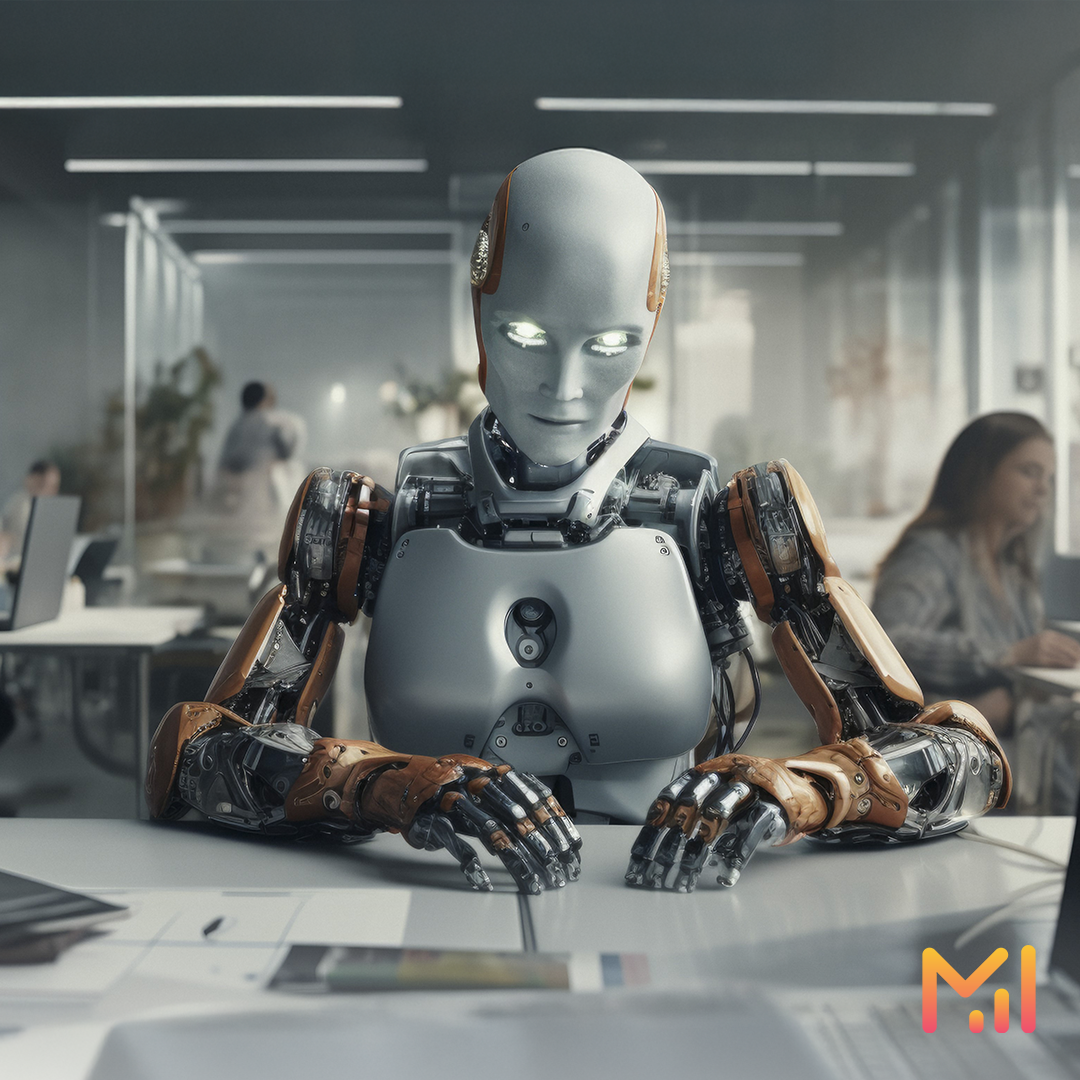By Madelon Olsthroom, Co-founder Marketlyft
When ChatGPT first became part of my daily workflow, I’ll admit, I was hooked. It felt like I’d hired an extra pair of hands overnight. I told all my friends, who were still a bit cynical at the time.
But after the initial excitement, I realised the real challenge wasn’t what AI could do. It was how to make sure we didn’t lose the human element that makes B2B marketing actually work. Because if every brand uses the same AI tools to say the same thing in the same way, who stands out?
Within a few weeks, the buzzwords arrived. Suddenly, everyone was “unleashing,” “unveiling,” or “powering” something. Thankfully, ChatGPT and most AI tools have become a bit more nuanced since then, but it’s a good reminder that creativity still starts with people.
The big shift in B2B marketing
AI has completely changed how we work. What used to take hours of research, manual segmentation, and testing can now happen in seconds. We can target more accurately, personalise at scale, and predict which accounts are most likely to convert.
That’s the upside; the downside?
Many teams are so busy automating that they forget to connect. AI can write a thousand emails, but it can’t build a relationship. And in B2B, where decisions are complex and cycles are long, connection is everything.
At Marketlyft, we see this all the time. The companies that thrive aren’t the ones that “use more AI,” but the ones that use it strategically to align sales and marketing, not replace them.
What AI does really well
So where does AI genuinely move the needle in B2B marketing? For us, these are the areas where it genuinely shines, and where we rely on it most.
1. Targeting and segmentation
AI helps spot patterns that humans might miss - who’s engaging, who’s ghosting, and who’s worth your time. Predictive lead scoring, for example, can flag the right accounts faster, so your team can focus on building genuine relationships, not chasing dead ends.
2. Smarter content optimisation
AI takes the guesswork out of planning. It can analyse which topics, tones, and formats perform best, helping you refine your message. But it still needs human input to interpret why something works, and how to make it feel authentic.
3. CRM intelligence and lead nurturing
AI-driven workflows can prioritise follow-ups, flag warm leads, and automate reminders. Combined with human judgment, this bridges one of the biggest gaps in B2B: the handover between marketing and sales.
In short, AI is brilliant at making your marketing smarter. But it still needs people to make it meaningful.
Where teams go wrong
The biggest mistake? Thinking AI will do the heavy lifting and the thinking.
We’re already starting to see brands over-automate outreach to the point where every message sounds the same. Or rely so heavily on AI-written content that they lose their tone of voice completely. And honestly, we can all spot that standardised AI copy now, you know, the one with an em dash in every other sentence.
We’ve tested it ourselves, comparing fully AI-generated subject lines with those edited and shaped by real human insight, and the human ones consistently came out on top.
Even with data, AI is brilliant at spotting trends, but it still takes people to interpret them and spot the real opportunities. I often say to clients: AI helps us listen faster, but we still need to hear what the customer means.
The human advantage
Ironically, AI has made human connection more valuable than ever. Anyone can use a chatbot or automation tool, but only a person can read the room, pick up on tone and timing, and what someone’s really trying to say.
AI can certainly help you find the right people, but it’s the human behind the screen who earns their trust.
At Marketlyft, we use AI to uncover insights, not to replace creativity. It helps us see where leads stall, where content resonates, and where teams need to align. We see AI as a way to buy back time for creativity and clear some of the noise. That way, marketers can spend more time thinking, shaping, and connecting, which ultimately boosts human productivity across our teams.
How to stay human while staying ahead
Here are a few lessons we’ve learned (sometimes the hard way):
- Think of AI as your research assistant, not your copywriter. It can help you explore ideas faster, but the human touch still makes the words resonate.
- Use it to automate what’s repetitive, not what’s relational.
- Review everything it produces through your brand’s voice.
- Measure success by how well your audience connects, not just how quickly they click.
At Marketlyft, we see AI as a partner, one that helps us spend less time managing tools and more time creating impact. For me, the future of B2B marketing isn’t about humans versus AI. It’s about how we bring the two together to build trust, tell better stories, and close deals faster.If you’re exploring how AI could make your marketing smarter without losing the human touch, we’d love to help.
Get in touch with Marketlyft to see how we can work together.








